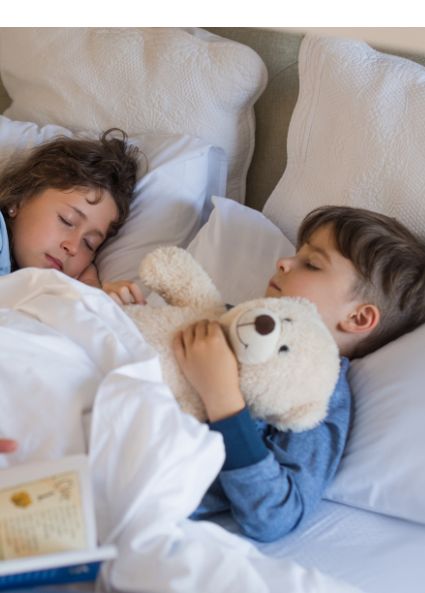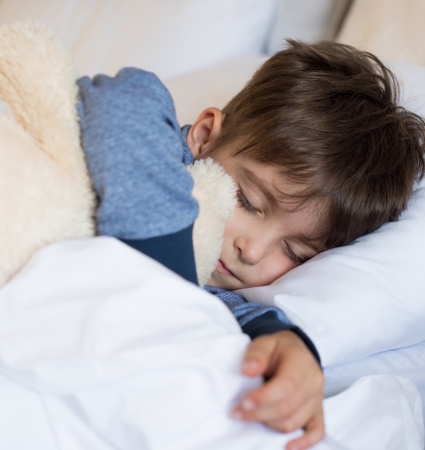Better understanding your child's sleep
Categories:
Advice
, Baby's Room
 Choosing the right baby blanket dimensions according to season and age
Choosing the right baby blanket dimensions according to season and age
 How to attach a headboard (with or without drilling): quick and effective soluti
How to attach a headboard (with or without drilling): quick and effective soluti
 Waterproof sheet or mattress protector: the best solution by age group
Waterproof sheet or mattress protector: the best solution by age group
 27 Original, Useful, and Trendy Christmas Ideas for Teens 2025
27 Original, Useful, and Trendy Christmas Ideas for Teens 2025
 Christmas Activities for Baby: Creative Ideas for Home & Daycare
Christmas Activities for Baby: Creative Ideas for Home & Daycare
Sleep is absolutely essential for a child's well-being and growth. Regardless of age, it is therefore important that your child can get the right number of hours of sleep daily, and quality nights and naps. Despite all your good intentions, sometimes the sleep issue can be a bit complicated for parents. Discover our advice to better understand your child's sleep.

It's not uncommon for children to experience sleep problems, and these can manifest in the following ways:
There are obviously other sleep problems such as bedwetting for example. Generally, each problem has its solution depending on the child and only lasts for a time.
The number of hours of sleep varies according to age group and therefore the child's needs. Generally, we can consider that a child needs (the number of hours includes naps):
Between 4 and 18 months, a child takes one to two naps per day lasting 1.5 to 2 hours. After that, the morning nap is often dropped around 18 to 24 months.
It's generally between 3 and 5 years old that a child stops napping.
.jpg)
There are small tips that can be implemented to promote falling asleep and more peaceful sleep in children.

The choice of children's bed can affect sleep. It is indeed important to choose a children's bed suitable for their age. Up to 6 months, it is recommended to favor a cradle or co-sleeping bed. Then, your child can be placed in a crib with bars (more advice on how to get baby to sleep in their room here). Then, around age 2, you can opt for a classic children's bed. This can take several forms such as a trundle bed, a high bed or a mid-height bed for example. Your 3-year-old's bed should adapt to the room and your child's needs.
We recommend choosing a wooden children's bed for greater durability. At Chambrekids, our models are eco-responsible, made in France, and respectful of your child's well-being. If you're short on space, why not opt for a convertible bed, a children's loft bed or an OPUS trundle bed with storage for example. Moreover, pay attention to ensuring that each bedding change is done gently so that your child feels reassured.
It is important that the child has a healthy environment to find sleep. More than quietness, it is also important to put them to bed in a room with the right temperature and humidity level. For humidity, we're talking about a range from 30% to 70%, ideally 40% to 60%. Regarding temperature, it should be between 18°C and 20°C if possible (in summer, do your best to cool the room without ever using air conditioning in the child's presence, or a fan directed straight at them).
Lifestyle habits will also impact children's sleep. It is recommended to encourage activities where the child moves during the day and limit screen time.
.jpg)
If you're running out of solutions to support your child's sleep, you can call upon what's known as a sleep consultant. This professional is a child sleep specialist. After discussing with the parents, they can offer recommendations to help the child fall asleep more easily and truly rest. The advantage is that while these specialists are still few in number today, they can work remotely through video consultations.
